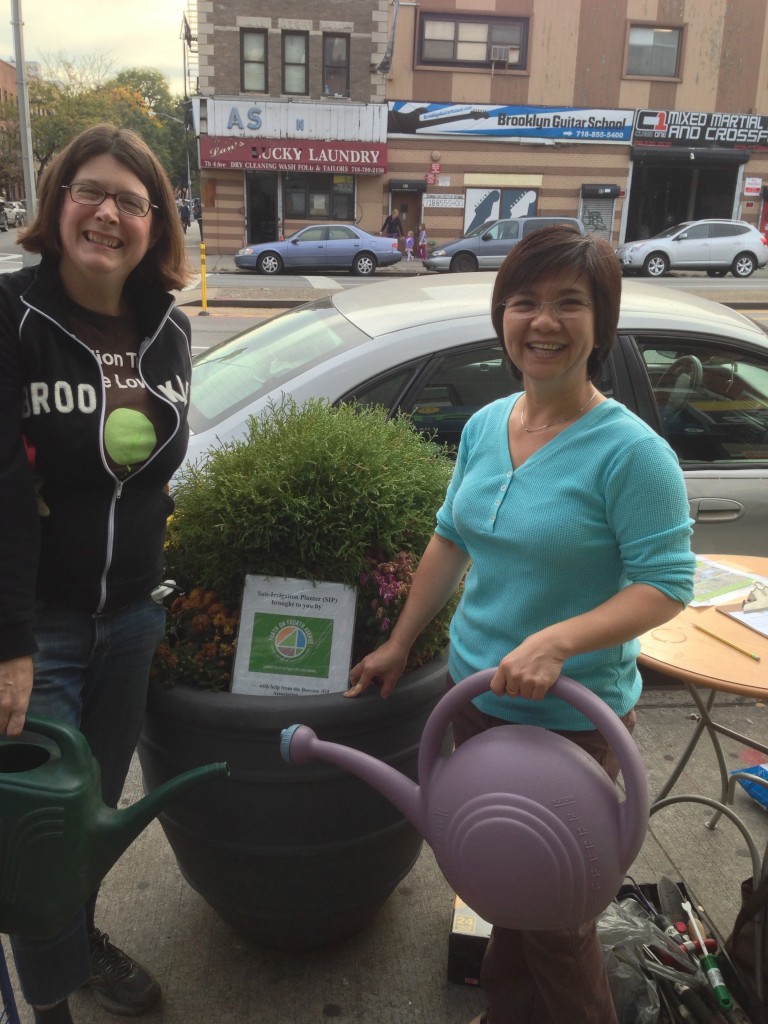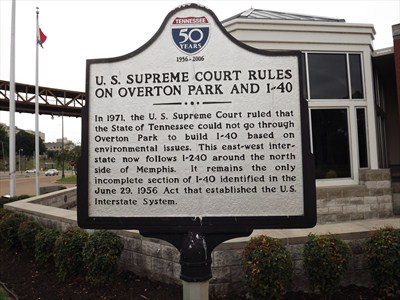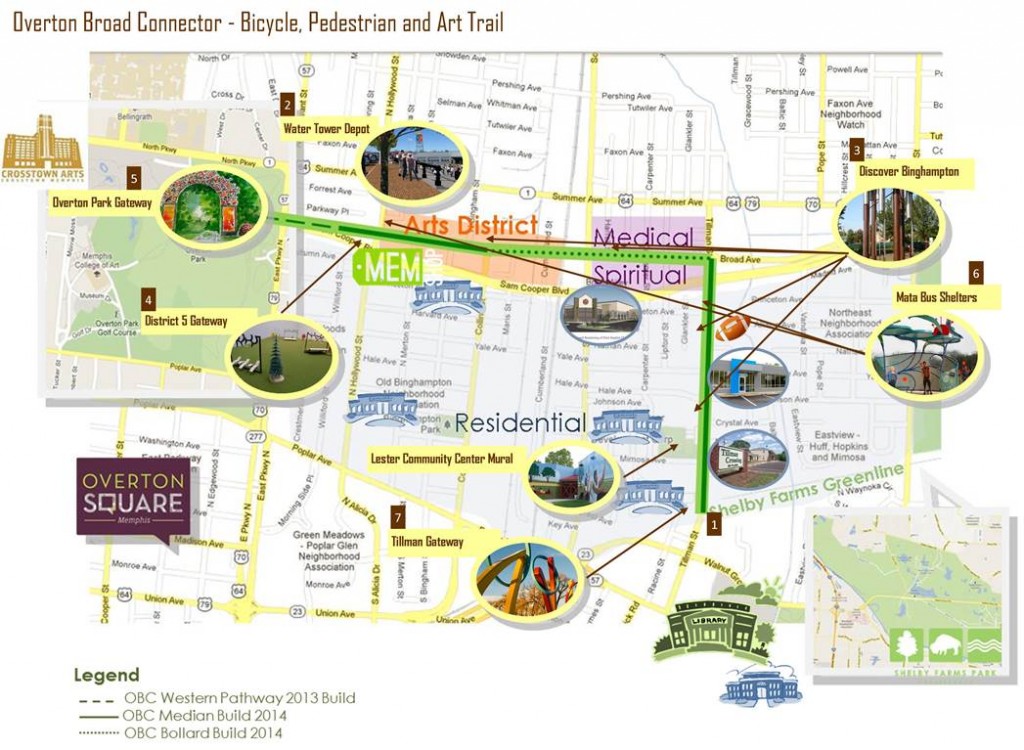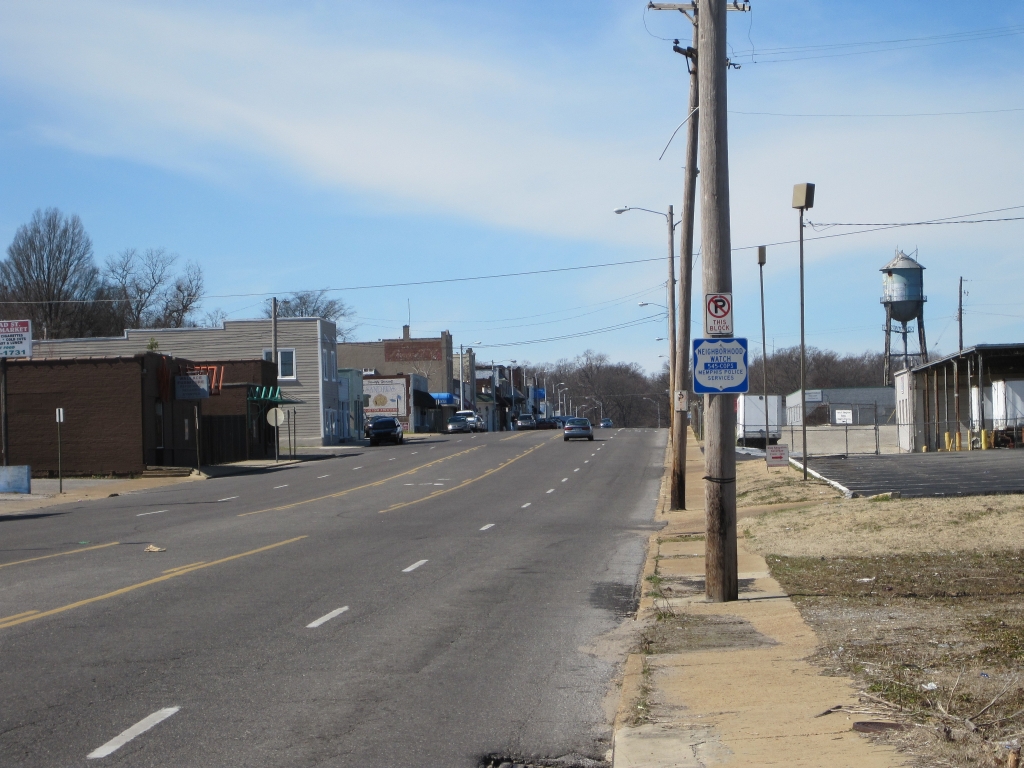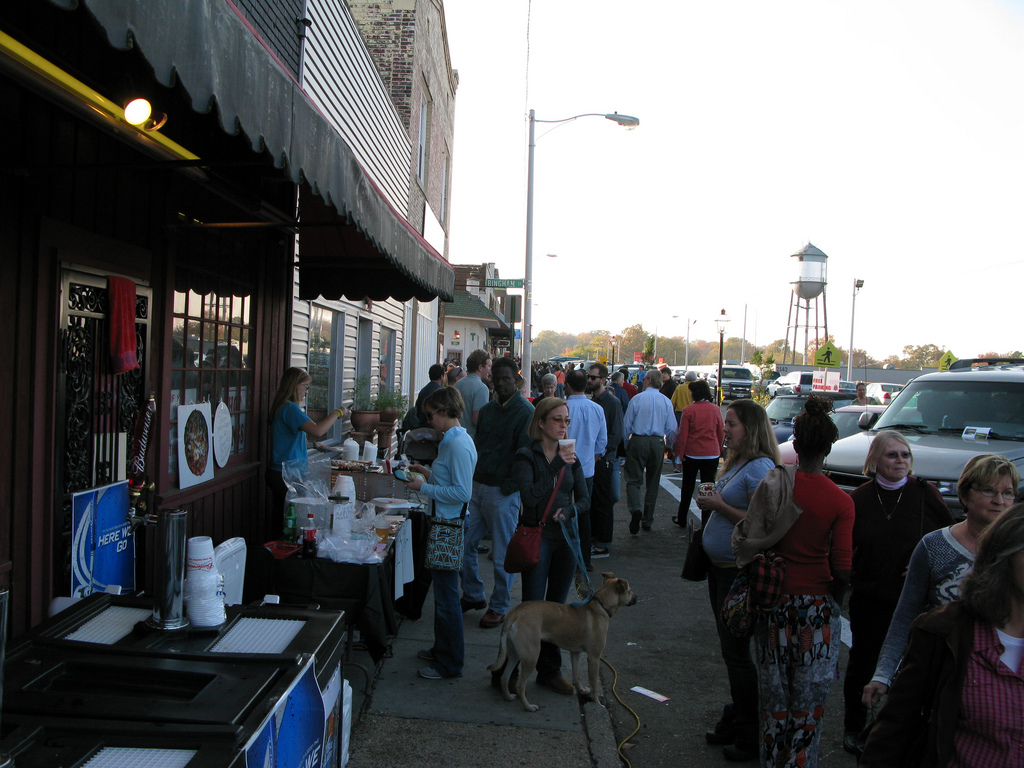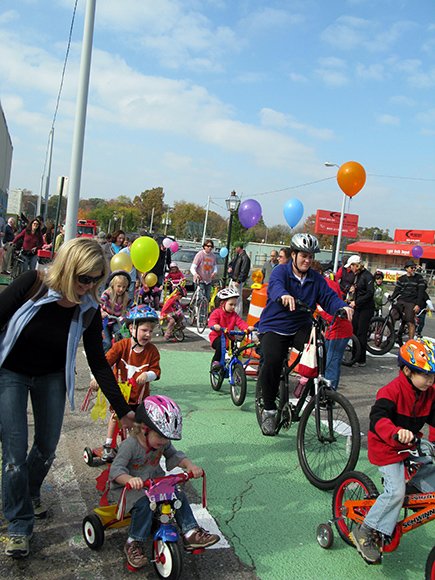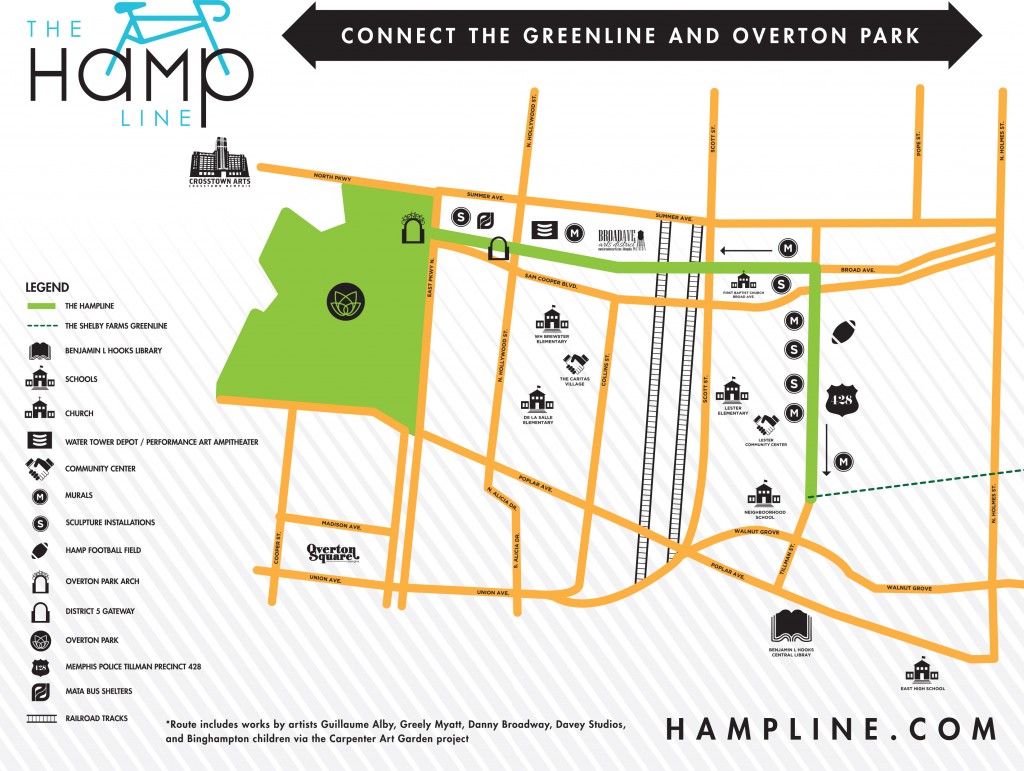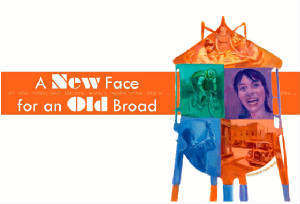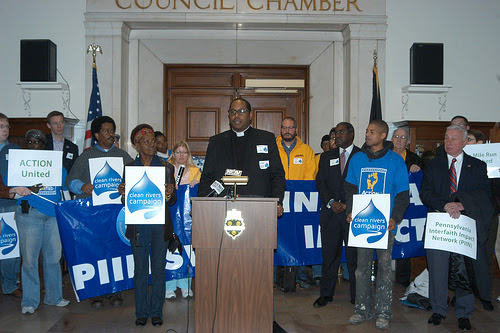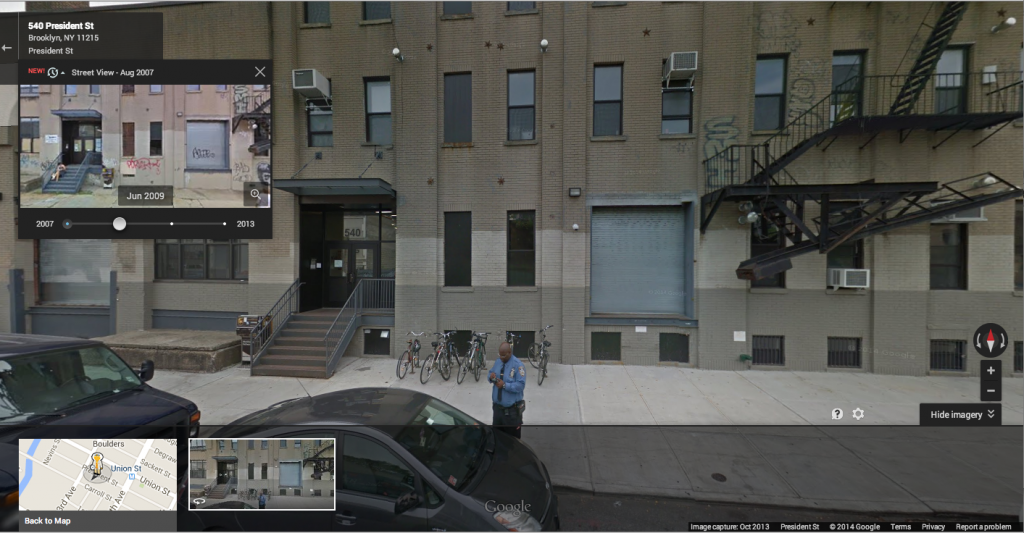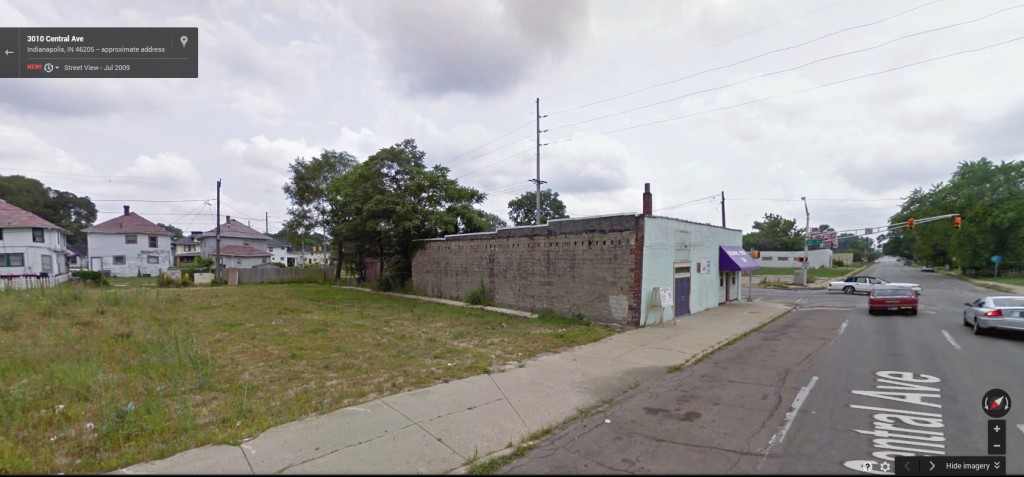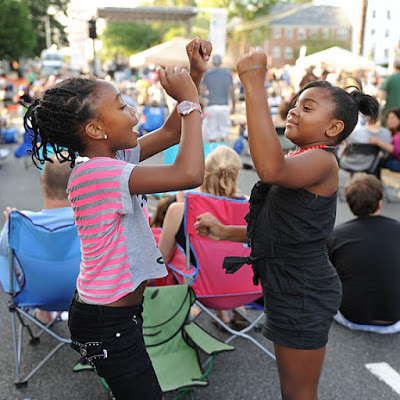Brooklyn’s trendy Park Slope, Boerum Hill, and Gowanus neighborhoods, as any New York realtor will tell you, couldn’t be hotter right now – but smack in between these three lies a swath of Brooklyn that’s been, for some time, a bit of an industrial wasteland: 4th Avenue. It’s almost impossible to believe, given the prices brownstones are drawing less that a quarter mile away in any direction, but this largely neglected stretch of the highway is still pocked by empty warehouses and defunct garages. So while a few isolated luxe high rises have gone up on 4th in recent years, the area still lacks – relative to the rest of booming Brooklyn – the comforts of home. Small shops, walkable streets, trees. That Brooklyn feeling everyone wants a piece of.
Local Grace Freedman and her 4th avenue community organizing comrades are done waiting for the area to pick itself up; they’re stepping in and giving it a boost. Working with Park Slope Civic Council committee Forth on Fourth (FOFA), as well as partners such as Park Slope Neighbors, they insist that the stretch of 4th Avenue is not a highway, but a neighborhood in its own right. A longtime homeowner on the Boerum Hill side of 4th Avenue, Freedman volunteers huge amounts of her time and energy toward greening and bettering the underappreciated neighborhood. Most recently, she was part of an effort to plant 50 trees along 4th Ave, and to bring her neighbors and local officials on board to help care for them – fostering both pride and community involvement, her bread and butter.
Now the team’s setting its sights on 4th avenue’s undeniably sketchy transit hub: a mammoth subway station at 9th street, in Park Slope, that despite being above ground manages to feel darker, more dismal, and less safe than many of its deep-underground MTA cousins. It’s been under renovation for a decade; the MTA has been at work – in fits and starts – constructing a much-needed pedestrian overpass, as well as shoring up the tracks themselves, for safety.
So the station must be safer now, technically speaking, as the MTA project begins to wrap up. The only problem is that you’d never know it to look at the place. The huge overhang – under which riders are coldly dumped out – still creates a cavernous dark space that even on sunny days makes you feel like it’s night, and cars zoom by just outside. Nothing has been done, in other words, to the make the face of the station any less sketchy. Freedman still won’t let her teenage daughter go near it alone, which speaks volumes.
Stop by 4th and 9th on Friday, November 21st, though, and you should have a very different transit experience. Freedman and her team have plans to declaw the ominous overhand by carting in a truckload of lighting, and to introduce some public art installations created by members of Arts Gowanus, a neighbor organization that connects the many artists who have made their creative homes in the old warehouses and studios around the Gowanus canal. The installation will also be a rack of reading material on nearby businesses, as well as colorful wayfinding signs. “It’s like a labyrinth in there,” says Freedman.
It’s been difficult getting the time- and money-strapped MTA to start a real conversation with the community about the status of the renovation project. “We’ve talked to local community members and politicians who are asking, ‘What state will the station be in when they are finished?’ There is a real concern that the street-level experience will not change very much and that there is no plan for better lighting, way-finding or amenities like benches or bike racks,” Freedman explains. “As a community, we are saying ‘We want more – a better experience for 13,000 riders a day.’ Livable streets
Another goal of the installation will be to draw new businesses to the station’s street level, which is currently plagued by about five empty retail lots.
“We love that the MTA has included some retail spaces in the renovation, but it seems like they haven’t had that much luck renting. Maybe that’s because the station is kind of dark and dismal,” points out Freedman. “We would love if our pop-up installation to inspire some local businesses to see the space differently and inquire about renting. We also have reached out to the Brooklyn Chamber of Commerce for their advice on how to advertise the spaces.”
It all makes sense: if the space were a little brighter, if, say, the ugly blue plywood that now barricades the empty retail spaces were replaced with inspiring murals and “pretend” flower shops – something FOFA and their community partners plan to do as part of the installation – potential tenants might be able to envision themselves in the space.
So stop by on Friday, November 21st to give your feedback on the installation – Freedman and her ioby teammates will be out collecting comments, questions, and ideas from the public via chalkboard, and maybe even video recorder. If the installation is a success, she sees it morphing into a permanent revamping of the station. Instead of temporary murals, lasting public art. Instead of standing lights, a full-on commissioned light sculpture. Instead of make-believe flower shops at street level, a real one. Just imagine.
